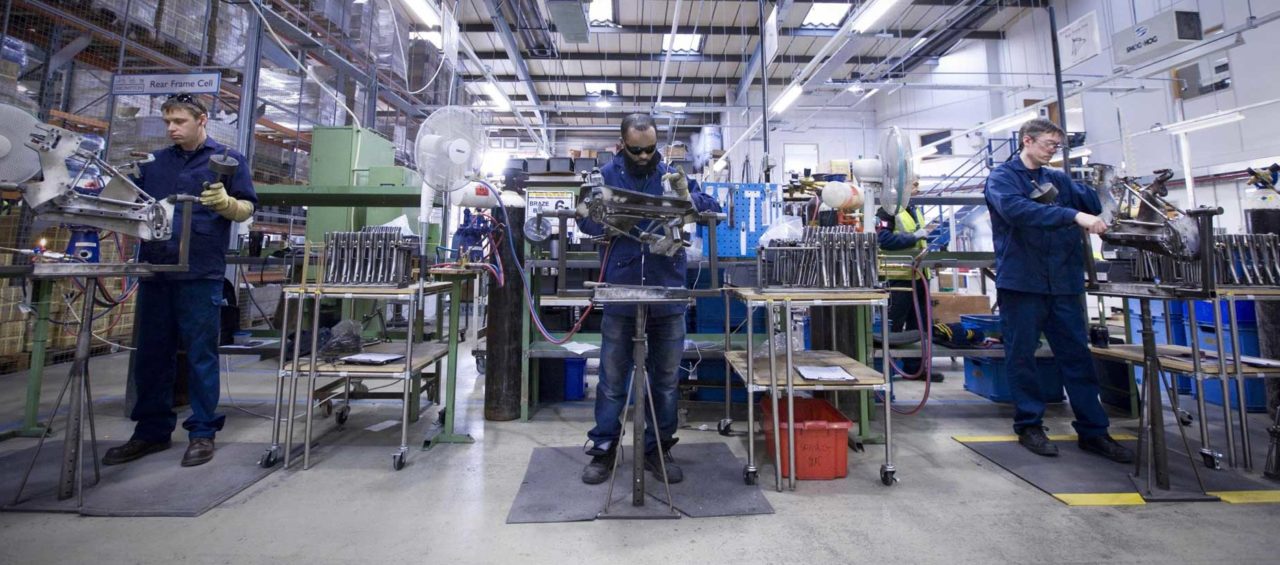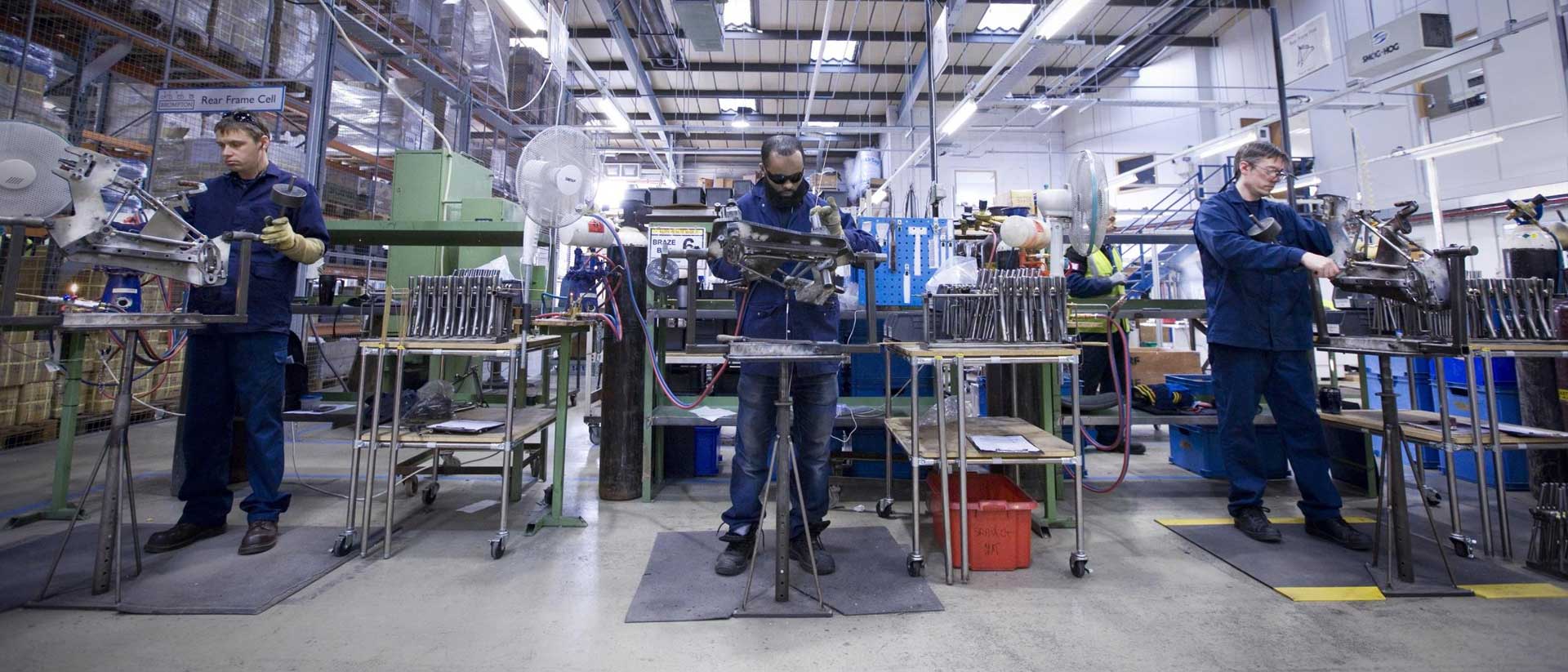10 tips to liven up standardized work

Our employees are responsible for the team’s success, and management is accountable for its failures; it is essential to optimize so you can do a better job tomorrow. In operations, we use standardized work, among other things, to always go further.
Here are nine tips from Benoit Chouinard on how to standardize your workplace.
1 – An organized mind in an organized workspace
There is nothing better than a well-organized space and a free mind to get a good job done. And this is true for all services.
Make sure that your teams can rely on optimized workspaces. In production and assembly, create workstations that are perfectly adapted to the job. In offices, make sure that piles of files are put away at the end of the day, and don’t forget to keep everything tidy in the computer network by performing a regular cleanup.
Take pictures when everything is neat and tidy to use as a reference for future cleanups. Lead by example, as we usually require from ourselves what we want from others if you want to know more about keeping a clean work area.
2 – Bring work back to the basics
To always improve, one should ever question themselves. To that effect, your employees are your best allies. Involve them in the improvement of your work methods and discuss it with them!
You can follow these steps:
- Break down work into steps and number them
- Discuss each of these steps with your employees.
- Think of ways to optimize each of these steps
- Apply the improved work method together
Be thankful to all employees for their involvement and the expertise they acquire every day while working. Always remember that it is their work that your clients purchase.
3 – Set up the basics and make them grow
Once the workload has been fractioned, the results must be put on paper. Ph.D. theses are very useful in college, but in the field, you need to prove yourself. Establish the bases of what has to be done. Even if it isn’t perfect, it can always be improved over time. You will, therefore, create a place where you will make the most of your staff’s experience. Experience is the sum of your mistakes…and to benefit from them, then you will have to consolidate the know-how. The market is continuously evolving, and improvement is necessary to remain competitive and to gain an advantage.
4 – Give meaning to work done by your team
To perform their duties well, employees need to understand them. Don’t just show them the starting point and the finish line.
Explain to them the essential details of the job and the reasons why it is done that way. Thus, you will give meaning and importance to what they do.
5 – Standard time ≠ average time
Too often, we estimate the duration of a task. Task duration doesn’t have anything to do with the time estimated that it will take to complete a task using various operators. Standard time is the time required to complete a specific task using the best-known methods. All in all, standard time is the result of the improvement of the technique used to complete the job.
6 – The devil is in the details!
Frequently, you think you are in full control of the situation. Then a client makes a complaint because of a detail that slipped through the cracks. Or you notice you’re missing an essential tool on Tuesday night when there’s a delivery planned for Wednesday morning. Being 99.9% good is not enough, because customers are more and more demanding, we need to be excellent at all times! In conclusion, get involved in all aspects with an attention to details.
7 – Down with paper!
Nowadays, mobile devices give employees direct access to information. Since Apple launched tablets in 2010, we can now get rid of the heavy burden of physically storing paper, illustrations, photos, and videos. Visit www.dozuki.com to learn more, and see Documentation Just Became Painless.
8 – Take control of task training
Work procedures are essential, but you need to make sure that they are passed along to the employees. You are responsible for the development of your team’s operational skills and must offer them the necessary resources to progress. You act as the pivot between the apprentice and the trainer. Develop a detailed and rigorous training plan, set clear goals, and follow each employee’s output every week.
9 – If the apprentice hasn’t learned, the teacher hasn’t taught.
This is a relatively simple rule that is easy to remember. Your trainers need to efficiently train the apprentices by teaching them the critical steps of their work, apply their teachings in practice, check that the job is well done, and proceed with adjustments if needed.
Ask your trainers to use the instructions they probably put together for themselves and don’t let them teach using the “trial and error” method. So, when somebody tells you the new guy doesn’t understand anything, refer them to tip #9…
Bonus – Measure, measure, measure
You already put this in practice. If the manager’s responsibility is to generate results, his or her primary tools are indicators. Performance measuring is fundamental to managers as well as their employees.
It’s simple, communicate yesterday’s results to better present today’s goals!
This post was made with the collaboration of
Benoit Chouinard, ing.
Main associate at Solutions vSmart, continual improvement and management infrastructure specialist.



